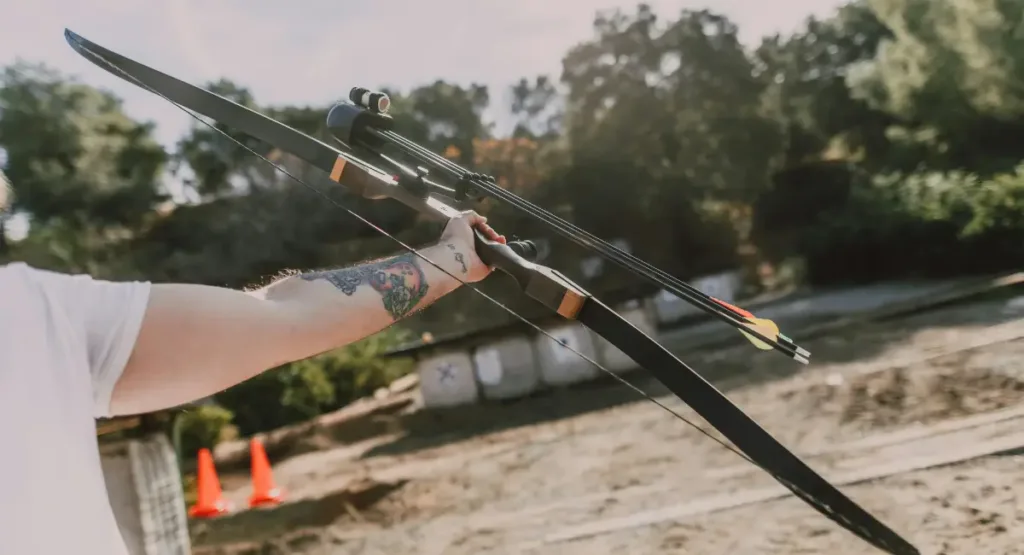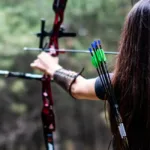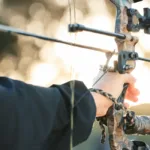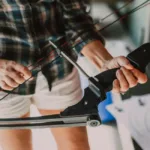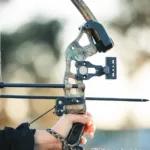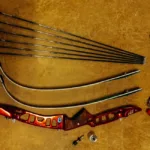Archery is not just a sport; it’s an art form celebrated for its precision and historic charm. In the tranquil rhythm of drawing a bow and releasing an arrow, we find both solace and challenge. However, amidst the serene power of a bow, there’s a silent risk archers must know-dry firing. This guide delivers essential insights into dry firing a bow, the dangers it entails, and how to meticulously avoid it. This will ensure your archery experience remains secure and enjoyable.
Understanding Dry Firing a Bow
Dry firing a bow occurs when an archer draws the string without an arrow and releases it. This seemingly innocuous act can have severe repercussions. The bow’s limbs, which are designed to channel the energy of a released arrow, suddenly have nowhere for this energy to be directed. The sudden shockwave can damage the bow, sometimes irreparably, or shatter it, splintering it into potentially deadly debris.
The potential risks
Equipment damage
The kinetic energy stored in a drawn bow is immense and is safely absorbed by an arrow launch. When there is no arrow, the energy rebounds through the bow, damaging the limbs, cam, and string, components not meant to absorb such force.
Injuries to the archer.
In the event of equipment failure, the archer can be subjected to a burst bow. Fingers, hands, and even the face can sustain lacerations, bruises, or worse.
Consequences of dry firing
Anatomy of Bow Damage
A bow that has been dry fired is often left irreparably damaged, with splintered limbs and potentially hazardous loose parts. Repairing such damage can be costly and, in some cases, impossible. It’s not just the bow’s integrity at stake; it’s the archer’s safety too.
Potential injuries
Even experienced archers can falter. When equipment fails due to dry firing, the results can be catastrophic. Stories of bow failures leading to severe injuries are not uncommon, driving home the importance of this seemingly minor aspect of bow safety.
Tips to Avoid Dry Fire a Bow
Always Use an Arrow
The simplest rule, yet the most crucial: never release a drawn bowstring without an arrow. It is the presence of an arrow that completes the circuit of energy release safely.
Double-check Your Target
Before drawing your bow, ensure that the intended target is clear but also within a safe range. Archery misfires can have dire consequences, so precision and awareness is paramount.
Proper handling techniques
The correct handling of a bow is not just about form—it’s a practice in preventative safety. Ensuring a proper grip and release technique secures the bow under your control and minimizes accident risk.
Educational Content on Bow Safety
Importance of safety courses
Participating in archery safety courses is the foundation of secure archery practice. Learning from professionals imparts safety nuances and fosters respect for bow power.
Demonstrations on Bow Usage
Visual aids and demonstrations are invaluable in understanding how to use a bow properly. Techniques for string handling, drawing, and releasing provide a tactile understanding of safety precautions.
Real-life examples
Stories of Dry Fire Accidents
Narratives of dry firing accidents serve as powerful reminders of the real and often hidden risks in a sport where precision reigns. Even the most skilled archers are not exempt from dry firing dangers.
Impact on the Archery Community
Beyond personal injuries, dry firing incidents reverberate through the archery community, prompting regulatory measures and revisitation of safety protocols.
Conclusion
In the web of skill, discipline, and patience archery weaves, safety must be the strongest strand. Dry firing is not an isolated concern; it is a variable that can disrupt the entire fabric of the experience, posing dangers to both equipment and the individual. By applying the insights we’ve explored, you can safeguard your own practice but uphold the sanctity of this ancient sport. Remember, in archery, as in life, precision is vital, but safety is paramount.
Recent Posts
- The Ultimate Guide To Choosing Between Compound Bow vs Crossbow
- How To Carry A Bow – Tips & Techniques For Archers
- Ultimate Guide To Installing Compound Bow Arrow Rest
- The Ultimate Guide To The Best Archery Brands Of Compound Bows
- How To Utilize Recurve Bow Sights: A Comprehensive Guide
- The Archer’s Craft: Understanding Parts Of Recurve Bow

